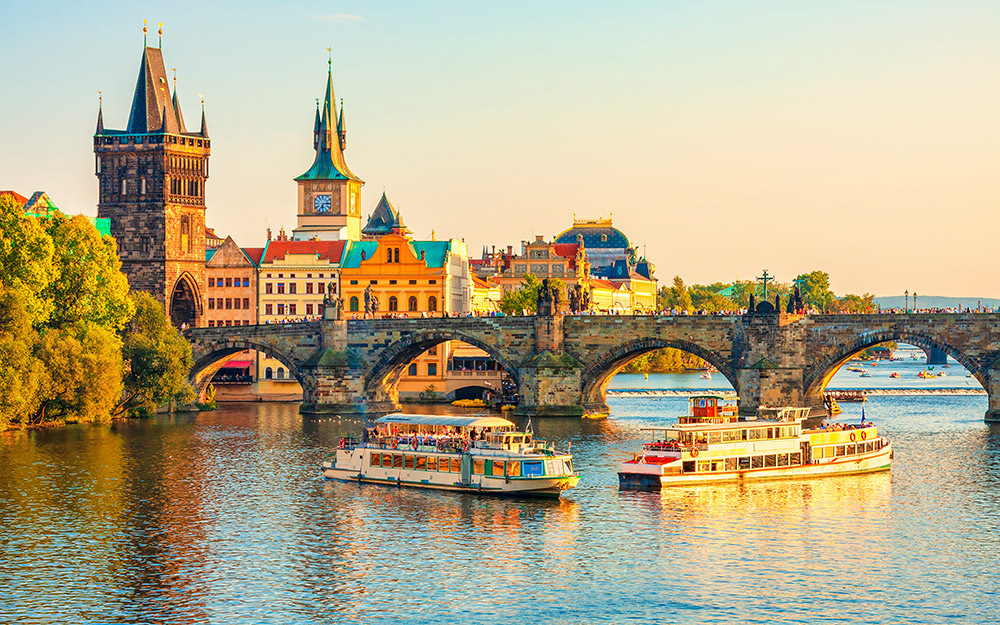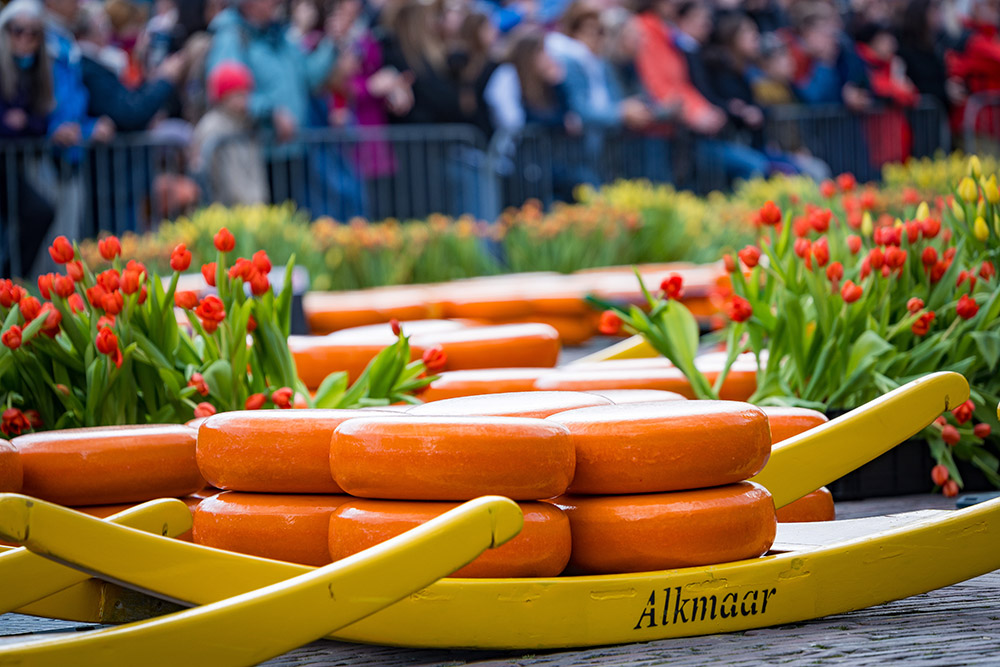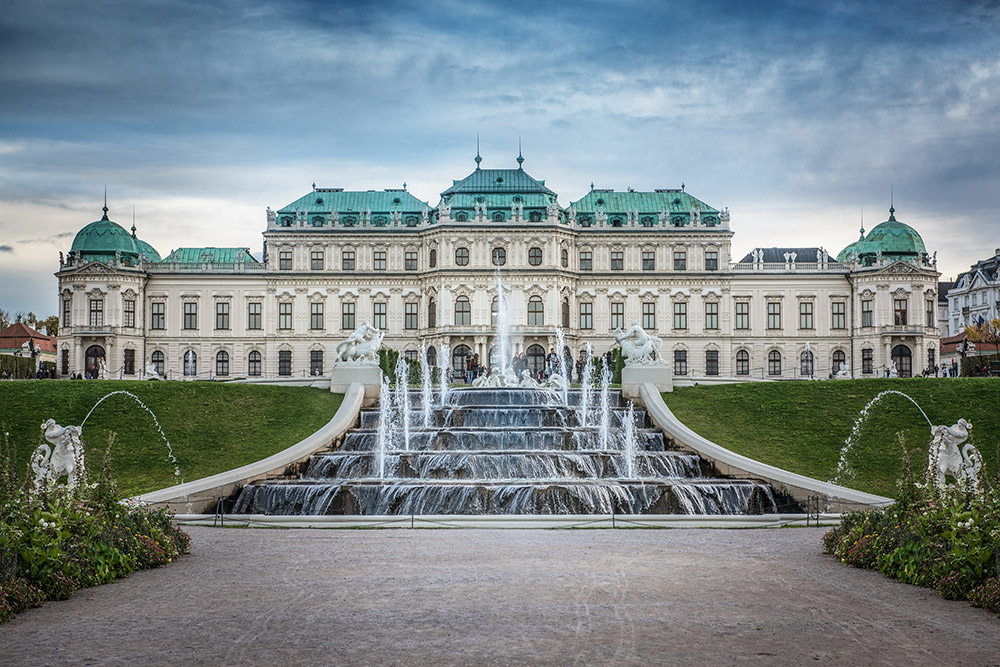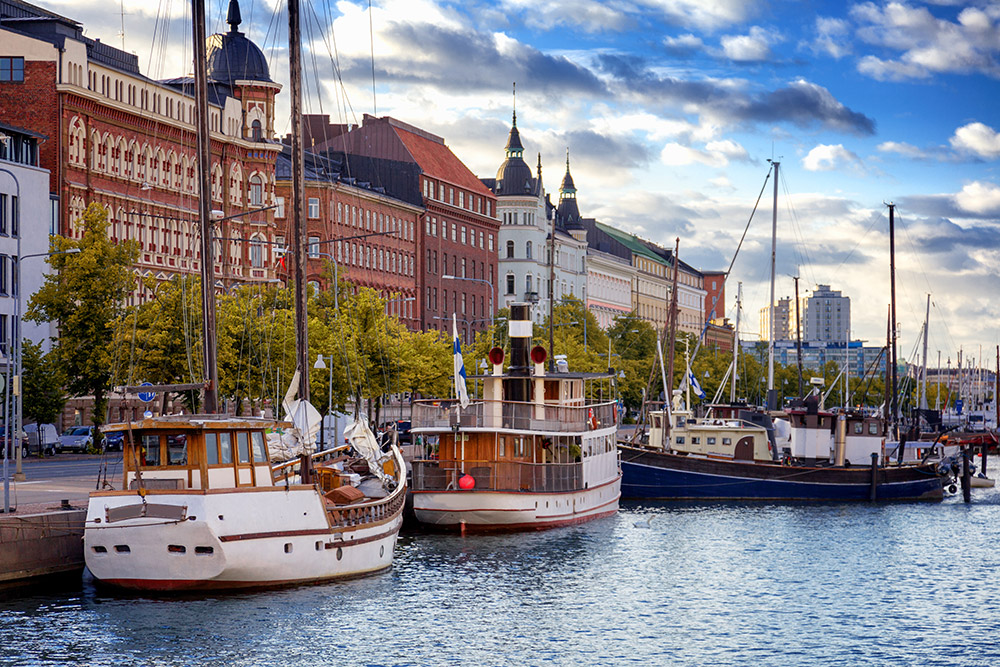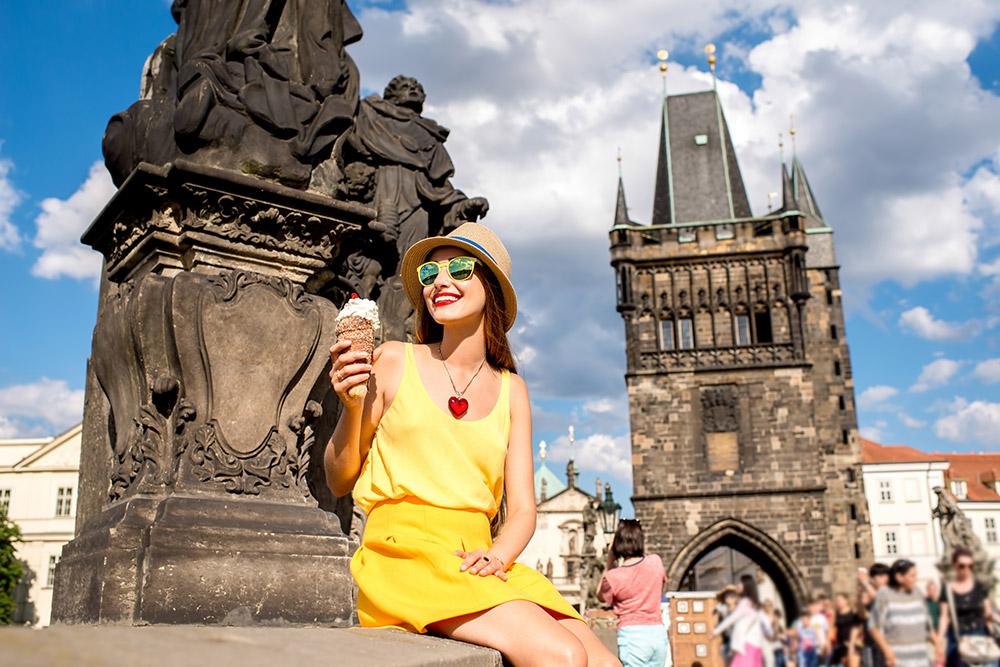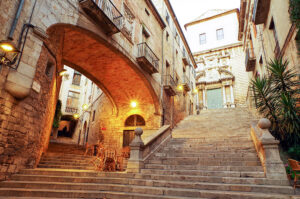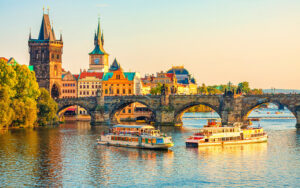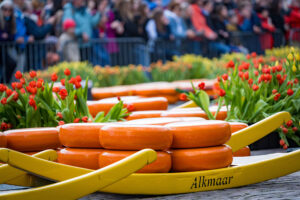The Costa Brava, nestled in northeastern Catalonia, Spain, is renowned for its dramatic coastline, pristine beaches, and rich history. This region has been inhabited for millennia, with each era leaving an indelible mark. From the earliest cave paintings and megalithic structures to Greek and Roman settlements, the Costa Brava’s cultural tapestry is woven with threads from every age.
Popular itinerary for a Journey through the Rich History and Culture of Costa Brava:
The Middle Ages and Renaissance brought fortified towns and a diverse population, including thriving Jewish communities. Later, the region’s natural beauty and seclusion attracted artists and intellectuals, shaping its artistic and cultural identity and leaving a lasting impact.
Today, the Costa Brava is a captivating blend of ancient civilizations, medieval heritage, maritime traditions, artistic movements, and modern tourism. This rich tapestry makes it a fascinating destination for history and culture enthusiasts.
This 10-day itinerary begins and ends in Barcelona.
Day 1: Barcelona
Upon arriving in Barcelona and checking into your hotel, head straight into the heart of the city: the captivating Gothic Quarter. Wander the labyrinthine alleyways and charming squares nestled between centuries-old buildings.
Begin your visit at the Barcelona Cathedral, immersing yourself in its grandeur. Explore the Gothic Cloisters, a tranquil oasis featuring a stunning garden with palm trees, magnolias, and orange trees. Admire the central fountain dating back to the mid-15th century, and spot the 13 white geese – the cathedral’s cherished residents. For breathtaking panoramic views, take the elevator to the rooftop.
Step back in time within the cathedral itself, where remnants of the historic Jewish quarter are preserved. Explore the archive room, showcasing original Jewish documents.
Just around the corner from the cathedral, visit the Sinagoga Major de Barcelona, the largest synagogue in the quarter, which was discovered in recent years. We recommend booking a guided tour of the synagogue and the Jewish Quarter to learn about the community that thrived in Barcelona until 1391.
Conclude your day indulging in a delectable dinner of authentic Catalan cuisine, featuring fresh seafood and savory meats.
Spend the night in Barcelona.
Day 2: Barcelona, continued
On your second day in Barcelona, immerse yourself in the extraordinary world of the renowned architect, Antoni Gaudí. Start by exploring one of his iconic masterpieces, either the enchanting Casa Batlló or the enigmatic La Padrera-Casa Milà. Both showcase Gaudí’s revolutionary architectural style and unparalleled creativity.
Next, visit the crowning jewel of Gaudí’s career, the Sagrada Familia. This magnificent, unfinished masterpiece, the project of a lifetime, was designed and started by Gaudí, though he tragically died before its completion.
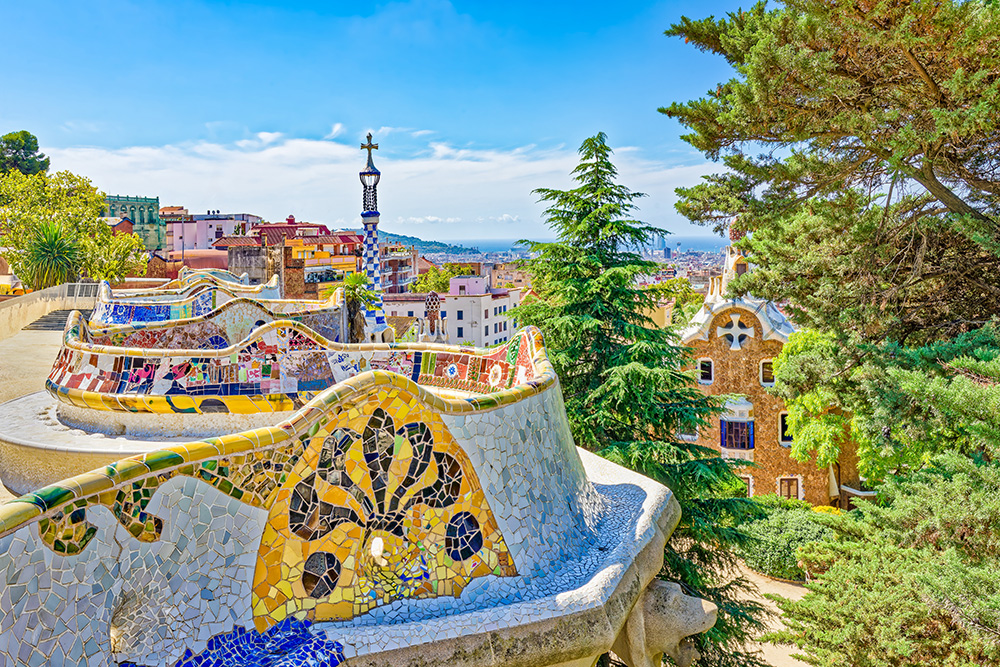
Conclude your day with a leisurely stroll through Park Güell, a whimsical oasis brimming with color and imagination. Wander through the park’s winding pathways, marvel at the mosaic-covered sculptures, and soak up the enchanting atmosphere. This vibrant park is a testament to Gaudí’s creativity and love for nature.
Spend the night in Barcelona.
Day 3: Montserrat
Escape the bustling city and enjoy the serene beauty of Montserrat. This iconic mountaintop monastery is a haven of spirituality, culture, and natural splendor.
Originating as a humble community of hermits, Montserrat has evolved over the centuries into a renowned Benedictine monastery and a center of religious devotion and pilgrimage. Its architectural grandeur, blending Romanesque, Gothic, Renaissance, and Baroque styles, is a testament to its rich history. At its heart lies the revered Black Madonna, believed to have been found by shepherds in a cave on the mountain in the 9th century, which has become a symbol of Catalan identity and spirituality.
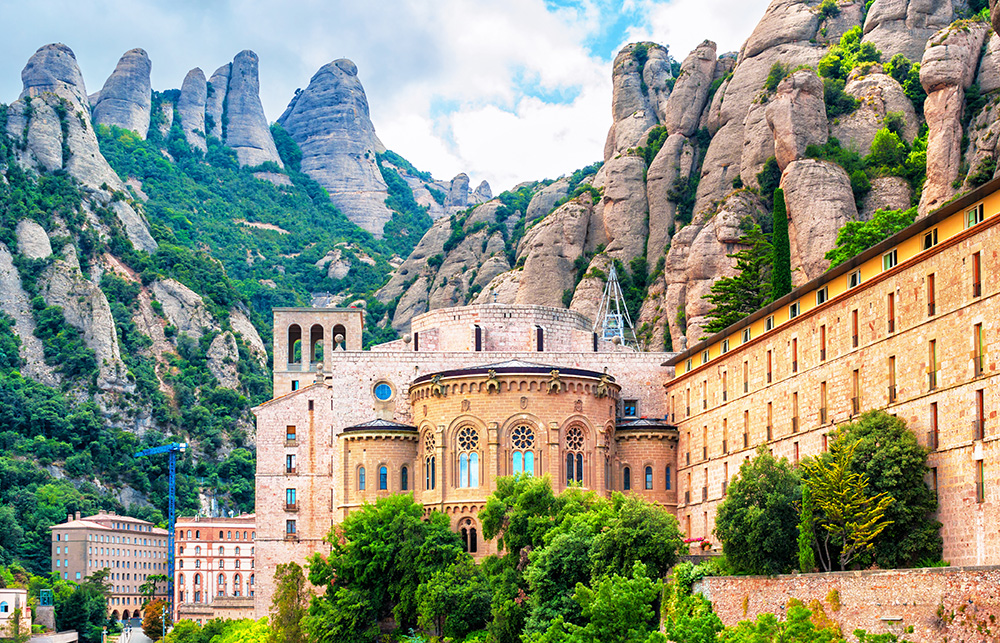
In addition to its religious significance, Montserrat is renowned for its cultural and musical heritage. The Escolania de Montserrat, one of the oldest boys’ choirs in Europe, performs daily concerts of sacred music in the basilica, enhancing the monastery’s spiritual atmosphere.
Embark on a leisurely hike through the enchanting mountain trails or delve into the rich art collection at the Montserrat Museum, home to a valuable collection of art and artifacts, including works by renowned artists such as El Greco, Caravaggio, and Picasso.
Conclude your day with a delightful meal in one of the charming nearby villages before returning to Barcelona to spend the night.
Day 4: Girona
Today, head to Girona, a small city with a rich historic heritage. Begin your day in the captivating Old Town, where the stunning 11th century Catedral de Santa Maria awaits. Immerse yourself in this Gothic masterpiece, marveling at the soaring nave, the serene cloister, and the intricate Tapestry of the Creation.
Next to the cathedral, visit the Museu d’Art de Girona, featuring Catalan art from prehistoric to modern times. From there, discover Girona’s fascinating past at the Els Banys Àrabs – The Arab Baths, a beautifully preserved Romanesque complex that was also used by the Jewish community of Girona.
Next, stroll through the narrow streets of the Jewish Quarter to the Museu d’Història dels Jueus, exploring eleven galleries that illuminate the daily life, culture, and history of Catalonia’s medieval Jewish communities.
Conclude your day with a leisurely stroll along the Passeig de la Muralla, offering panoramic views of the Old Town and the surrounding countryside. Savor the evening with a delicious meal at a local restaurant.
Spend the night in Girona.
Day 5: Besalú and Figueres
On the way to your next stop, visit Besalú, a charming small medieval town. Upon entering the town, you’ll encounter the iconic Romanesque bridge of Besalú, one of its most recognizable landmarks. Built over the Rio Fluvià, this 12th-century bridge, featuring pointed arches and a defensive tower, is a clear testament to the advanced engineering and architecture of the medieval period. The town itself is well-preserved, maintaining its Romanesque architecture and style.
Like Girona, Besalú has a well-preserved Juderia, or Jewish Quarter, complete with a synagogue and Jewish baths, or Mikveh. Stroll through the ancient streets and visit the Romanesque church of Sant Pere. On the first weekend of September, Besalú hosts a medieval fair that transports townsfolk and visitors hundreds of years back, with artisans, peasants, actors, and warriors all dressed in period costumes, selling period food and drinks.
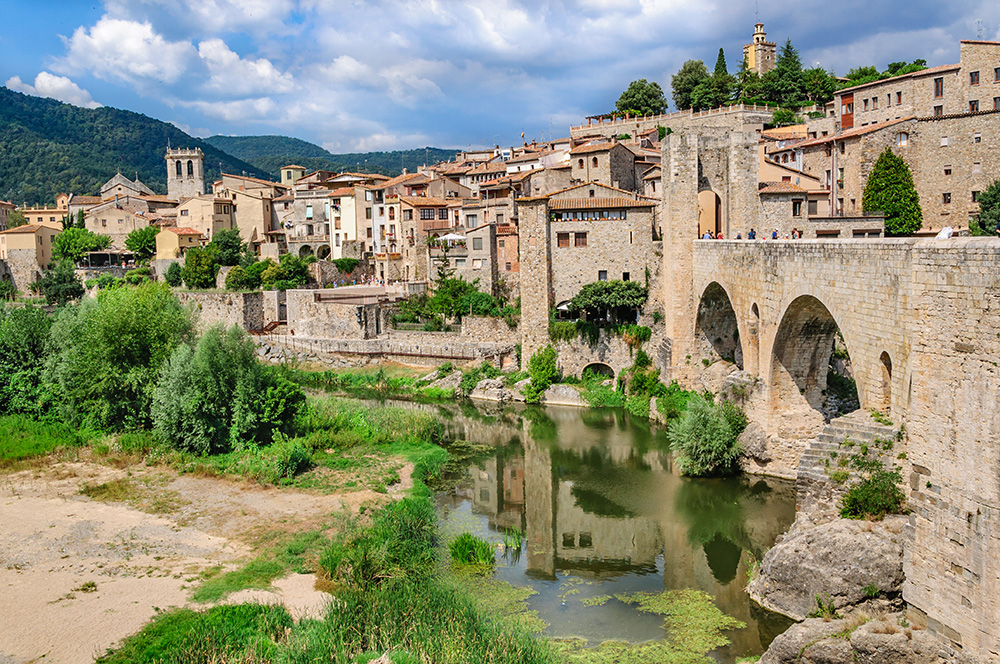
Continue your adventure in Figueres, the birthplace of the extraordinary surrealist Spanish artist Salvador Dalí. If it’s too late to visit the Figueres’ outstanding museums, save them for tomorrow. Spend the evening strolling the city center and enjoy a delicious dinner in one of the local restaurants.
Spend the night in Figueres.
Day 6: Figueres and Púbol
Figueres serves as the epicenter of the Dalí Triangle, a region encompassing the key locations of the renowned artist’s life and work. This triangle connects Figueres, his birthplace; Púbol Castle, his final studio and Gala’s mausoleum; and Portlligat, the fishing village that captivated him with its isolation, landscape, and light.
Begin your Dalí adventure at the extraordinary Dalí Theatre-Museum. This surrealist masterpiece, Dalí’s final creation, houses an extensive collection of his iconic artworks, including statues and paintings. Don’t miss the mesmerizing Dalí Jewels exhibition, showcasing his innovative designs of gold and precious stones.
For a glimpse into Dalí’s early life, visit the Casa Natal Salvador Dalí, his birthplace. Immerse yourself in the atmosphere that shaped the young artist. Afterward, stroll along Figueres’ Rambla Street, admiring the elegant 20th century neoclassical and modern architecture.
In the afternoon, drive to Púbol to visit the Gala Dalí Castle, which displays some of Dalí’s later works and serves as Gala’s final resting place. If time permits, venture to the picturesque fishing village of Portlligat, where Dalí found inspiration and created some of his most renowned works.
Return to Figueres to spend the night.
Day 7: On Route to Perpignan
Your journey north begins at the awe-inspiring Monastery of Sant Pere de Rodes. This 11th-century marvel showcases the three elements of feudal society, with the monastery representing the spiritual realm, the village of Santa Creu embodying the agricultural heart, and the Castell de Verdera symbolizing the military might.
As you continue your coastal drive, savor the breathtaking sea views and indulge in leisurely breaks at charming coastal restaurants, sipping delicious coffee and savoring the local cuisine.

Crossing the border into France, you’ll arrive in Perpignan, the vibrant capital of the Pyrénées-Orientales department. With its strong Catalan heritage, the city offers a unique blend of French and Spanish cultures. Immerse yourself in the charming medieval center, exploring its winding streets and historic buildings. Don’t miss the opportunity to savor the region’s renowned cuisine and exceptional wines.
Spend the night in Perpignan.
Day 8: Perpignan
Perpignan, once the proud capital of the Kingdom of Majorca, boasts a rich history and cultural heritage. Begin your exploration at the Castillet, a formidable city gate and watchtower transformed into a captivating museum chronicling the city’s past.
Next, visit the Palace of the Kings of Majorca, a magnificent 13th-century masterpiece that once housed the rulers of the Majorcan kingdom. Admire the stunning Gothic architecture and delve into the palace’s fascinating exhibits.
In the afternoon, embark on a scenic drive through the surrounding vineyards. Many wineries offer captivating tours and tastings, allowing you to savor the region’s renowned wines in idyllic settings often adorned with historic castles or mansions.
Spend the night in Perpignan.
Day 9: Heading back to Barcelona
Journey south along the coastal route, winding through charming villages and enjoying breathtaking seaside vistas. Near the picturesque village of L’Escala, immerse yourself in history with a visit to the ancient Roman city of Empúries and its accompanying archaeological museum, Museu Arqueològic d’Empúries. Once a thriving Greek trading post, Empúries later flourished as a significant Roman settlement. Bring history to life through captivating guided tours featuring costumed interpreters and engaging audiovisual displays.
Continue driving along the coastal road back to Barcelona to spend the night.
Day 10: Barcelona
Complete your exploration of Barcelona.



